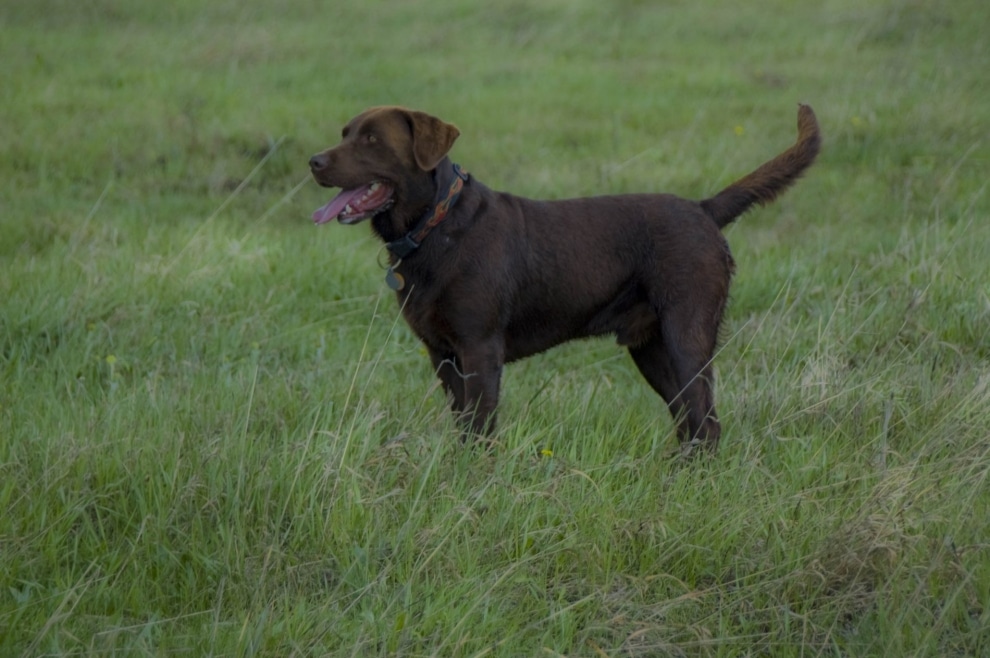Creating Fun to Create ChangeSeveral years ago, I rescued a brown lab named Charlie, who had many bad behaviors; digging, chewing everything in the backyard, and intense aggression towards other dogs. These bad behaviors developed because he was left in his previous owner’s backyard by himself day and night. Hence, the reason for his undesirable behaviors was isolation and boredom. Many of his hyper and unruly behaviors subsided quickly with basic training. However, his aggression towards other dogs remained and made him a danger to other animals. No training method seemed to be effective in solving this aggression problem. Then a family 4-wheeling trip in the mountains changed everything. Charlie loved running beside the 4-wheelers. He was elated with joy. My excitement rapidly turned to fear when a dog from a nearby campsite approached us. Charlie’s desire to fight dogs seemed like a surefire way to turn this fun family weekend into a disaster. Excitedly, I tried to distract Charlie by calling out “it’s okay, come on boy, let’s go.” Then to my surprise, Charlie looked at the other dog and continued running cheerfully beside the 4-wheelers. From that day on, Charlie never fought another dog; he traded his aggression for a love for the mountains. Just as Charlie found a replacement for his aggression, a replacement activity can be useful to eliminate a child’s negative behavior cycle. In psychology, this is referred to as differential reinforcement, which is simply an activity that someone enjoys more than their previous undesirable behavior. More specifically, differential reinforcement combines extinction (ignoring the negative behavior) and positive reinforcement (praising the new desired behavior) to decrease the probability of an undesirable behavior while increasing the frequency of desirable behavior. Another time I saw differential reinforcement work magic, was when I worked with a young girl named Julie. Julie was being kicked out of school at 11 years old for stabbing kids with pencils and throwing books at teachers. She joined after school programs at Defy Gravity, after being referred by the school counselor as a last-ditch effort. When she first came to Defy Gravity, she attempted to show aggressive behaviors. I would intervene and cease her aggressive behaviors by redirecting her into a fun activity. Intervening typically meant distracting her and the other children around her through excitedly playing. Julie developed trust and learned to communicate her needs and listen to others needs. She grew a deep love for the community of people she was involved with and even helped others with conflict resolution. Often, we seek to eliminate something we don’t like, making the focus of all our efforts on the negative behavior. Differential reinforcement gives us the chance to focus on something we want, making the focus of our efforts positive. This often leaves the child feeling as if they were poured into with love and support (by providing them something good), instead of tearing down (by trying to take a behavior away). For more information contact Kim Philia, LPC at (719) 458-0950. http://coloradofamilyguidance.wordpress.com |




